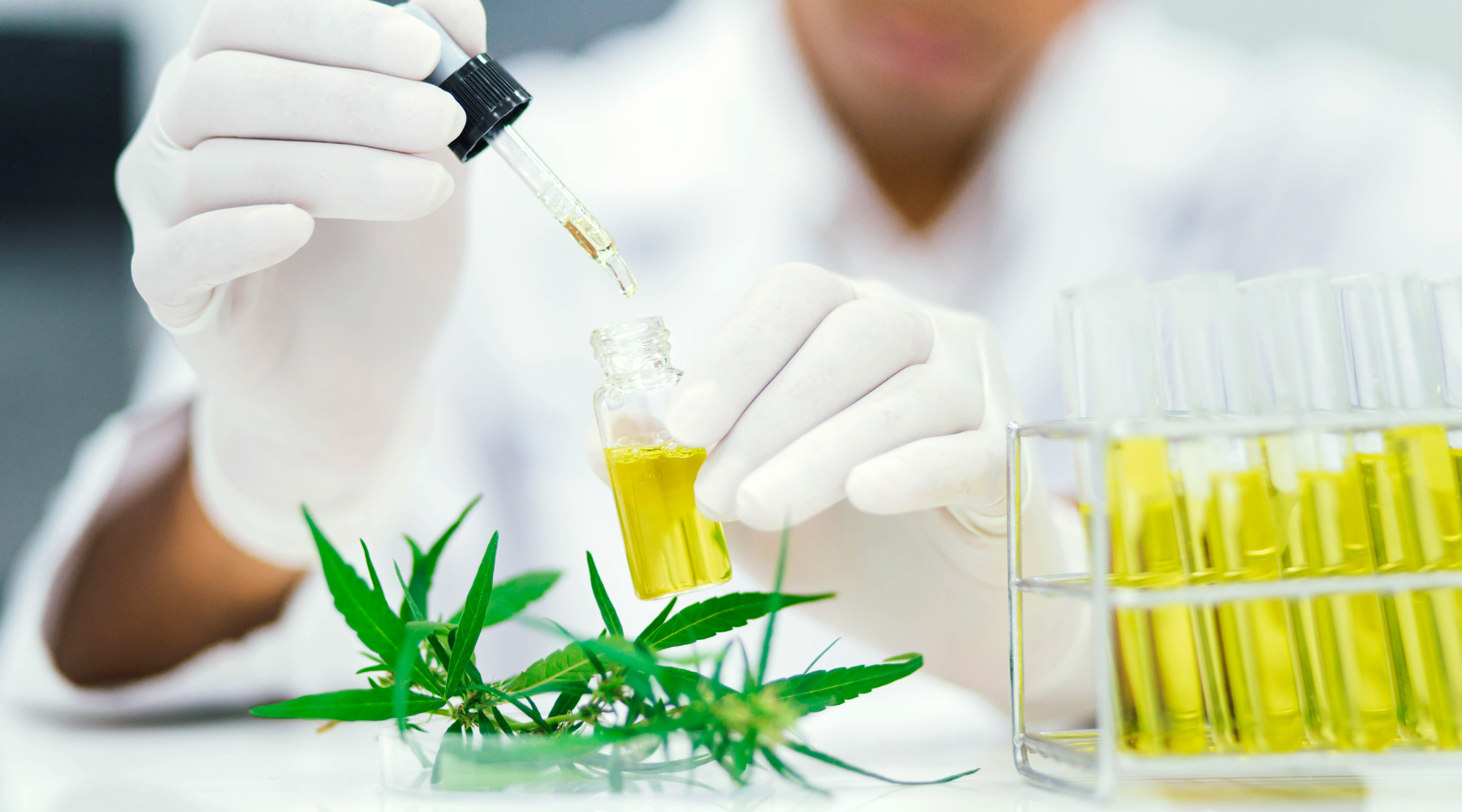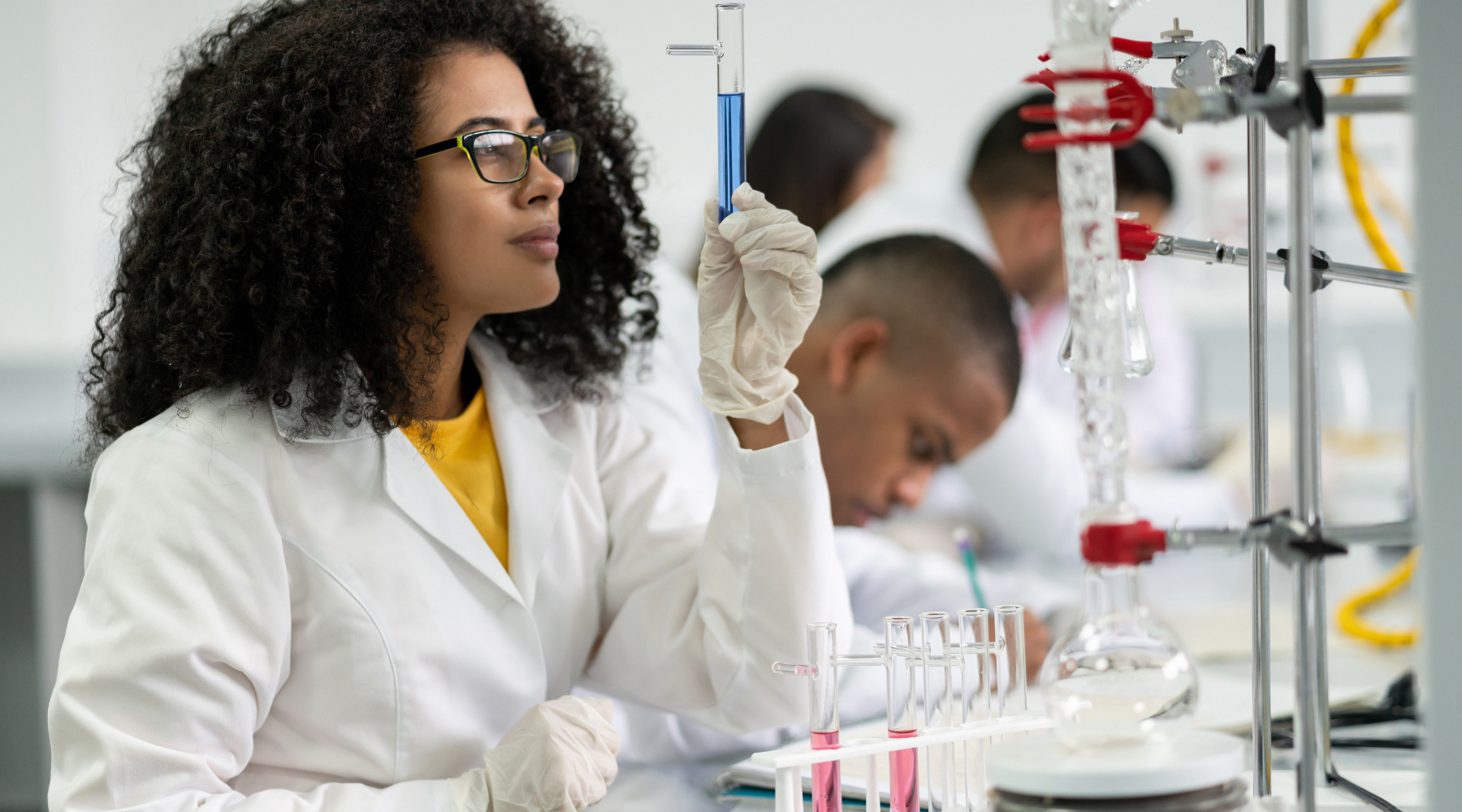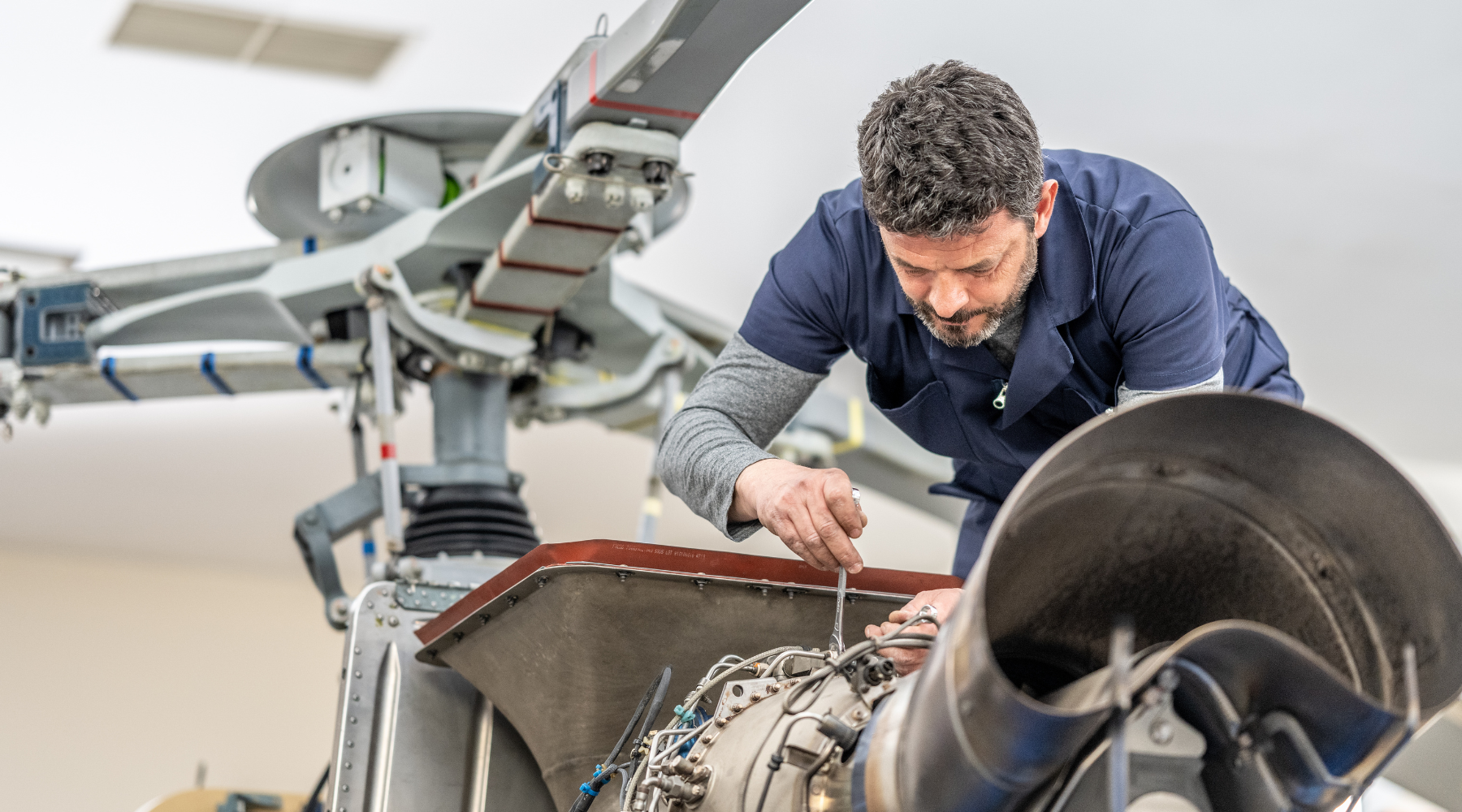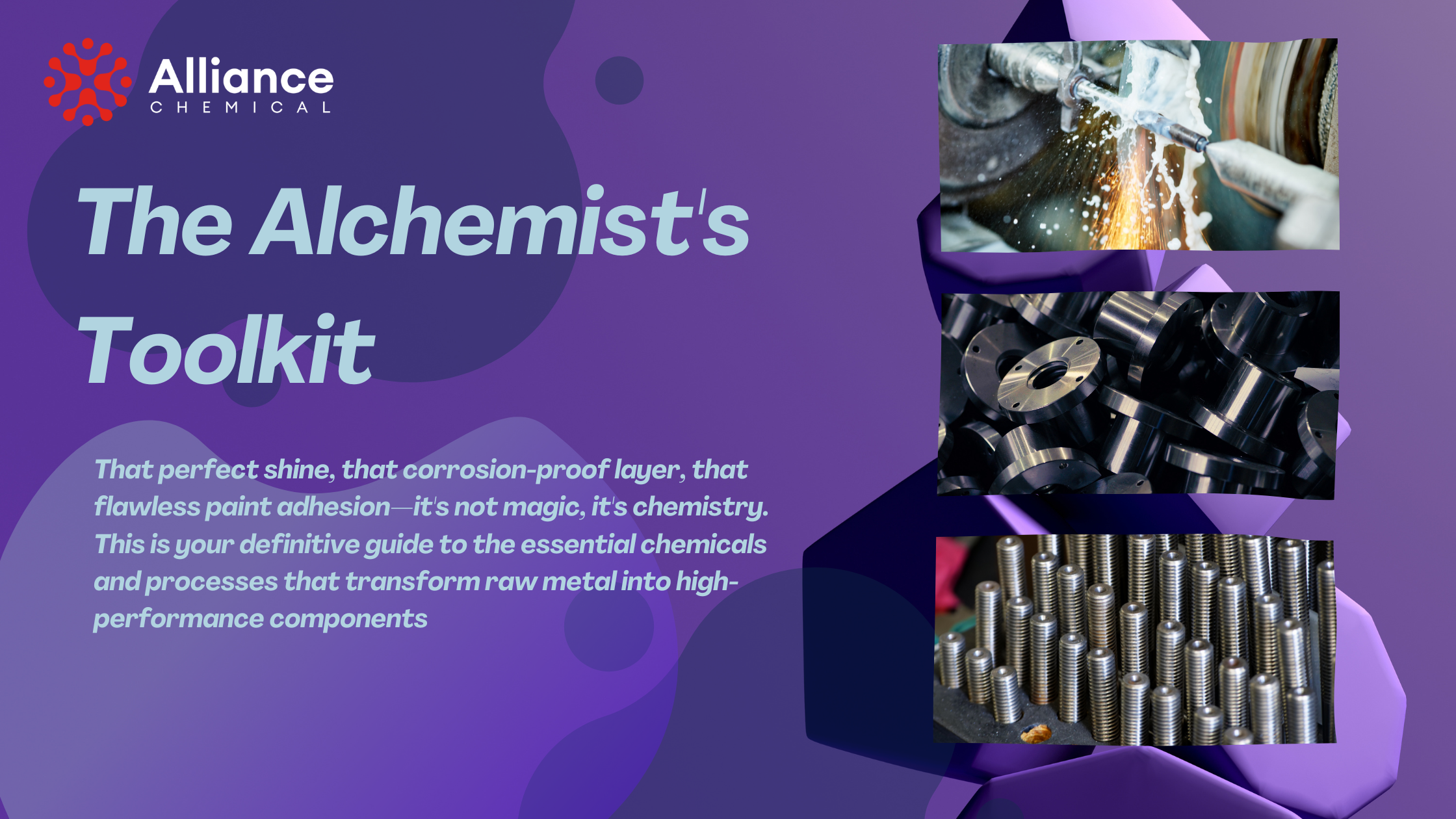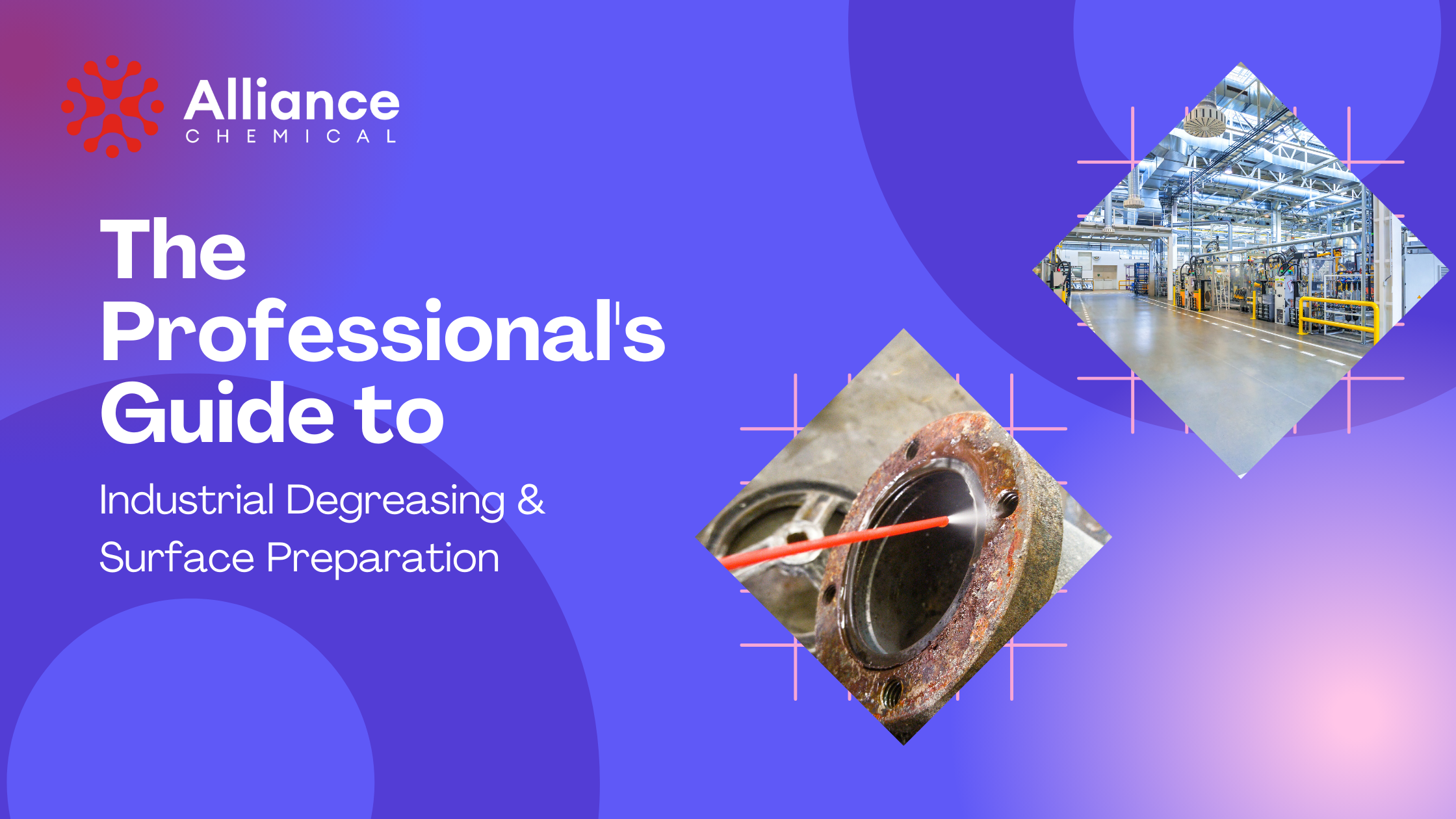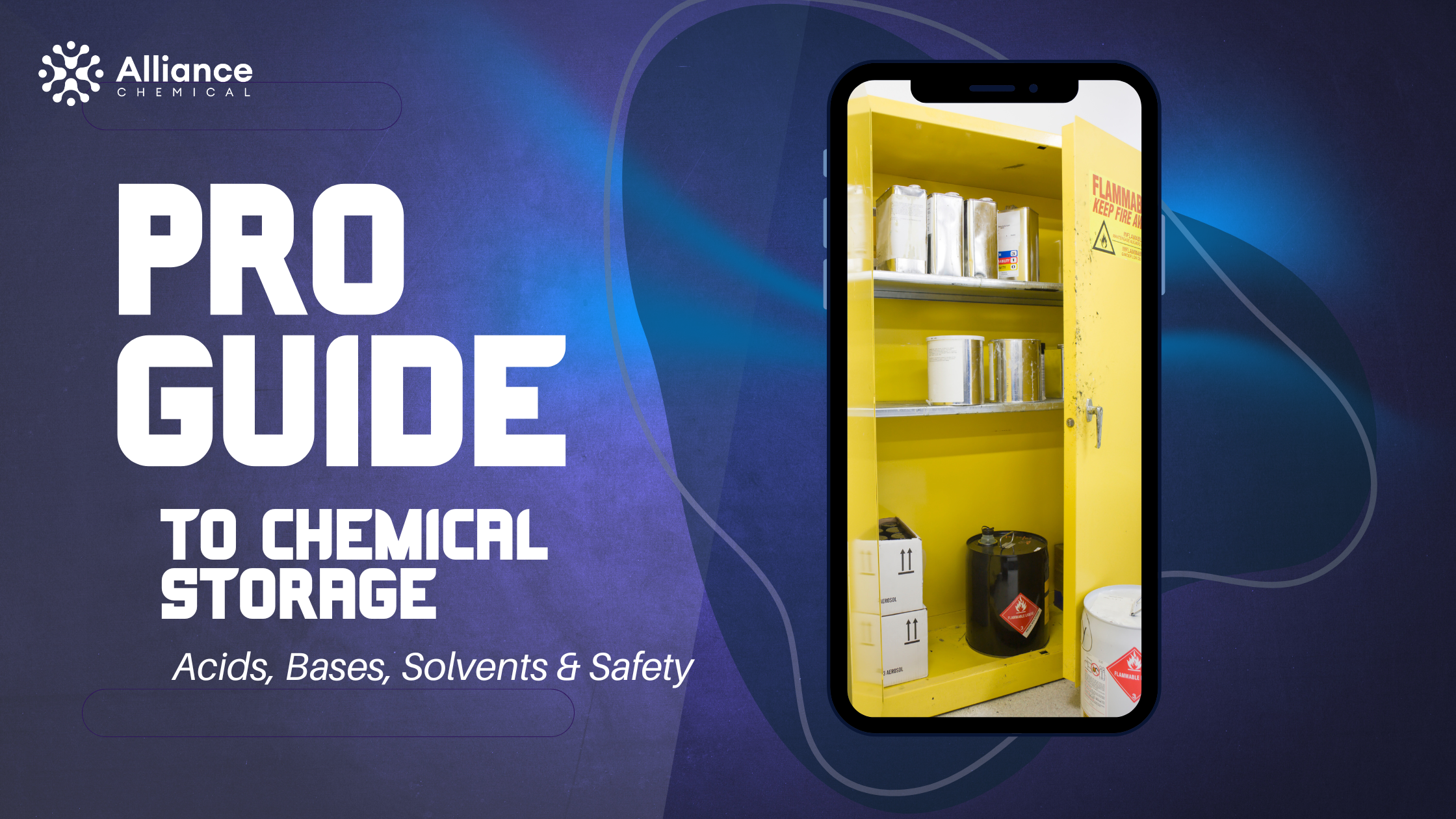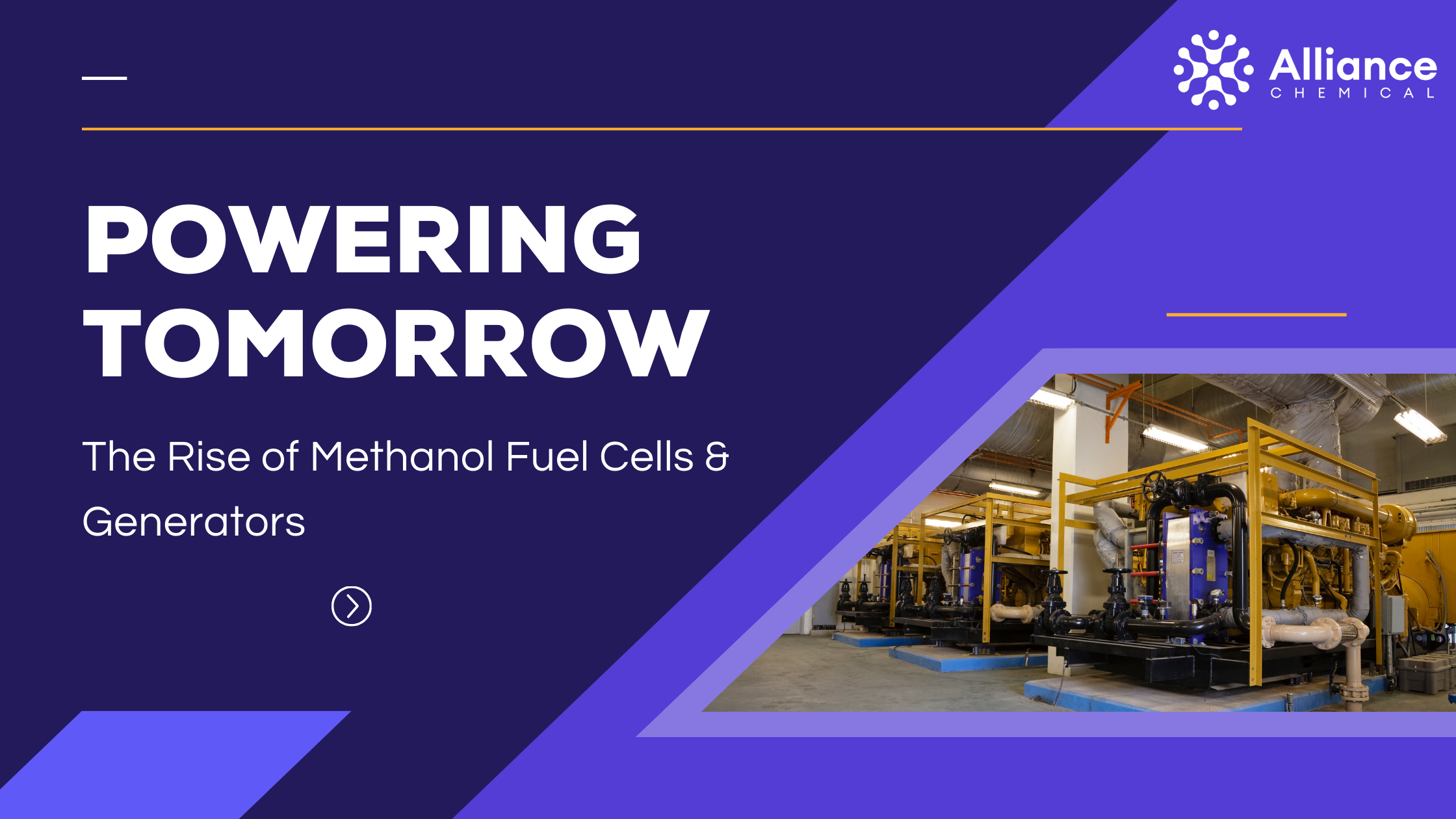
Banish Mold and Algae: Discover the Strength of Sodium Hypochlorite 12.5%
Table of Contents
Summary
Sodium Hypochlorite (NaOCl) is arguably the most essential and widely used disinfectant in the world. While household bleach is a familiar product, its industrial-strength counterpart, 12.5% Sodium Hypochlorite, is a powerful chemical workhorse vital to public health, safety, and professional cleaning. This definitive technical guide explores the science of chlorine disinfection, details the critical applications of the 12.5% solution—including mold and algae eradication—and provides the expert knowledge needed to use this powerful tool safely and effectively.
The Chemistry of Disinfection: Unlocking Chlorine's Power
Sodium Hypochlorite is the sodium salt of hypochlorous acid. When it is added to water, it dissociates and establishes an equilibrium between the hypochlorite ion (OCl⁻) and the far more powerful sanitizer, hypochlorous acid (HOCl).
NaOCl + H₂O ⇌ HOCl + NaOH
It is the hypochlorous acid that does the heavy lifting. As a strong oxidizing agent, it destroys microorganisms like bacteria, viruses, fungi, mold, and algae by attacking the lipids in their cell walls and inactivating essential enzymes. The total concentration of these two forms in water is referred to as Free Available Chlorine (FAC).
The Critical Role of pH
The effectiveness of Sodium Hypochlorite is critically dependent on the pH of the water. The equilibrium between the powerful HOCl and the weaker OCl⁻ is governed by pH.
- At a lower pH (e.g., 6.5-7.5), the equilibrium shifts to favor the formation of hypochlorous acid (HOCl), making the solution a much more potent and fast-acting disinfectant.
- At a higher pH (e.g., above 8.0), the equilibrium shifts to favor the hypochlorite ion (OCl⁻), which is a significantly weaker sanitizer.
Why 12.5%? Household vs. Commercial Grade
Standard household bleach is typically a 5.25% to 6% solution of Sodium Hypochlorite. The 12.5% solution is a professional, industrial-strength grade that offers several key advantages:
- Concentration: It contains more than double the active ingredient, making it far more potent and effective for large-scale applications and tough jobs like mold and algae remediation.
- Cost-Effectiveness: For professionals and large volume users, purchasing a concentrated product is far more economical than buying diluted household bleach.
- Freshness & Stability: Sodium Hypochlorite naturally degrades over time, especially when exposed to heat and UV light. Professional suppliers provide fresh, properly stored product that ensures you are getting the full 12.5% trade percentage for maximum efficacy.
Professional Applications for 12.5% Sodium Hypochlorite
1. Soft Washing: The Gold Standard for Mold and Algae Eradication
In the professional exterior cleaning industry, 12.5% NaOCl is the primary active ingredient in "soft washing" solutions. Unlike high-pressure washing which can damage surfaces, soft washing relies on chemical action to kill organic growth at its root.
A diluted solution of Sodium Hypochlorite is mixed with specialized surfactants (soaps) that help it cling to vertical surfaces and penetrate deep into the pores of materials like roofing shingles, vinyl siding, stucco, and wood decks. It effectively kills and removes mold, mildew, algae (Gloeocapsa magma), and lichen, restoring surfaces to their original appearance and preventing rapid regrowth.
2. Water Treatment and Disinfection
12.5% NaOCl is the most common chemical used for the disinfection of drinking water and wastewater. It is dosed into the water supply to kill pathogenic organisms and is a cornerstone of public health. It is also used for "shock chlorination" to disinfect new water mains or remediate contaminated wells.
3. Professional Pool & Spa Sanitation
Often referred to as "liquid chlorine," 12.5% Sodium Hypochlorite is the preferred sanitizer for many commercial and residential pools. It provides an instant source of Free Available Chlorine to kill algae and bacteria, without adding the cyanuric acid (stabilizer) found in solid chlorine tablets. This makes it ideal for both daily chlorination and for "shocking" the pool to resolve problems.
4. Industrial & Commercial Surface Disinfection
In healthcare, food processing, and institutional settings, 12.5% Sodium Hypochlorite is diluted to create powerful surface sanitizers to meet health code standards. The CDC recommends specific concentrations for disinfecting against various pathogens, including viruses and bacteria.
Dilution Guide for Mold, Algae, and Sanitizing
Proper dilution is key to safe and effective use. Always add bleach to water, never the other way around. These are starting points; always test a small, inconspicuous area first.
| Application | Target Solution Strength | Dilution Ratio (12.5% Bleach : Water) | Practical Recipe (per Gallon of Water) |
|---|---|---|---|
| Soft Wash (Roofs, Siding) | 1% - 4% | 1:12 to ~1:2 | Start with 1 quart of bleach to 3 quarts of water. Adjust strength based on contamination level. Must be mixed with a professional surfactant. |
| Heavy Mold/Mildew on Concrete | ~2.5% | 1:4 | 1 quart of bleach to 1 gallon of water. |
| General Surface Sanitizing | ~0.6% (6000 ppm) | 1:20 | Approx. 6 oz of bleach to 1 gallon of water. |
| Pool Shocking (10k Gal.) | Raise FAC by 5-10 ppm | N/A (Direct Application) | Add 0.5 to 1 gallon directly to the pool. |
MANDATORY Safety Protocols for 12.5% Sodium Hypochlorite
12.5% Sodium Hypochlorite is a hazardous chemical that is corrosive to skin, eyes, and metals. It can also produce deadly chlorine gas if mixed with other chemicals. Handle with extreme care.
- NEVER MIX WITH ACID: Mixing bleach with any acid, such as muriatic acid or even household toilet bowl cleaners, will produce deadly chlorine gas instantly.
- NEVER MIX WITH AMMONIA: Mixing bleach with ammonia-based cleaners produces toxic chloramine gas.
- Personal Protective Equipment (PPE): Always wear chemical-resistant gloves, splash-proof safety goggles, and a full-face shield. A respirator with an acid gas/chlorine cartridge is required for indoor or poorly ventilated applications, like spraying.
- Protect Surroundings: Overspray will permanently bleach clothing, damage plants, and can stain wood. Thoroughly rinse all surrounding surfaces, including vegetation, with plain water before, during, and after application.
- Storage and Degradation: Store in a cool, dark, well-ventilated area. Heat and sunlight will rapidly degrade the product, causing it to lose strength and release oxygen, which can pressurize a sealed container. Use within 1-2 months of purchase for best results.
